- Choosing Heat-Tolerant Plants
- 1. Research Local Climate
- 2. Choose Native or Drought-Tolerant Plants
- 3. Consider Xeriscaping
- 4. Look for Heat-Tolerant Varieties
- 5. Consider Container Gardening
- Final Thoughts
- Providing Ample Shade
- 1. Use Shade Cloth
- 2. Create Natural Shade
- 3. Use Umbrellas or Patio Covers
- 4. Install Shade Sails
- 5. Use Mulch
- Watering Strategically
- Mulching for Moisture Retention
- Types of Mulch
- How to Apply Mulch
- Benefits of Mulching
- Protecting Plants from Extreme Heat
- 1. Provide Shade
- 2. Mulch
- 3. Watering
- 4. Use Windbreaks
- 5. Provide Proper Ventilation
- Using Drip Irrigation Systems
- Avoiding Over-fertilization
- Monitoring and Adjusting Planting Schedules
- 1. Research optimal planting times
- 2. Consider heat-resistant varieties
- 3. Use shade and mulch
- 4. Water wisely
- 5. Stay vigilant
- “Question-Answer”
- How can I protect my plants from high summer temperatures?
- What types of plants are more likely to survive in hot conditions?
- Is it better to water my plants in the morning or in the evening?
- How often should I water my plants during high summer temperatures?
- Can I use shade cloth to protect my plants from high summer temperatures?
- How can I create a microclimate to help my plants stay cooler?
- What are some signs that my plants are suffering from heat stress?
- “Video” 5 Vegetables To Grow in Extreme Heat of 40C+ (104F+)
Summer brings a lot of joy and excitement, but it can also bring some challenges, especially when it comes to maintaining a healthy and thriving garden. As temperatures rise, plants can become stressed and wilt under the scorching sun. But fear not! There are several ways you can help your garden survive the high summer temperatures and keep it looking lush and vibrant.
1. Water, water, water!
One of the most important things you can do for your plants during the hot summer months is to make sure they are properly hydrated. Watering deeply and regularly is essential in preventing wilting and promoting healthy growth. Be sure to water in the early morning or late evening when the temperatures are cooler and avoid watering during the hottest part of the day, as this can lead to evaporation.
Pro tip: Consider using a drip irrigation system or soaker hoses to ensure that water is delivered directly to the plant’s roots, minimizing wastage.
2. Provide shade
Just like us, plants need a break from the intense heat of the sun. Providing some shade can help protect your plants from the scorching rays and reduce the risk of leaf burn. You can use shade cloth, umbrellas, or even create shade using tall plants or trellises. Just make sure to remove the shade during cooler parts of the day to allow enough light for photosynthesis.
3. Mulch, mulch, mulch!
A thick layer of mulch around your plants can significantly help reduce evaporation and keep the soil temperature cooler. It acts as an insulator, protecting the roots from extreme heat. Organic mulch, such as straw, wood chips, or compost, is a great option as it also improves soil quality and provides nutrients as it breaks down.
4. Prune and protect
Pruning your plants during the summer can promote better air circulation and reduce the risk of diseases. Remove any dead or damaged branches and thin out crowded areas to allow more sunlight to reach the lower parts of the plant. Additionally, consider using netting or screens to protect your plants from excessive wind or hail damage during summer storms.
5. Choose heat-tolerant plants
Avoiding the battle altogether by choosing plants that are naturally heat-tolerant is another great strategy. Look for varieties that are labeled as drought-tolerant or heat-tolerant, as these are specially bred to withstand high temperatures. Examples include lavender, succulents, and many varieties of cacti. Incorporating these plants into your garden will ensure that you have a beautiful landscape regardless of the summer heat.
By following these tips, you can help your garden thrive even in the hottest of summer temperatures. Remember to water deeply and regularly, provide shade, mulch, prune, and choose heat-tolerant plants. Your garden will thank you with lush foliage, beautiful blooms, and a vibrant atmosphere!
Choosing Heat-Tolerant Plants
When it comes to creating a garden that can withstand high summer temperatures, choosing heat-tolerant plants is crucial. These plants are specially adapted to thrive in the intense heat and can endure extended periods of drought. Here are some tips to help you select the right heat-tolerant plants for your garden:
1. Research Local Climate

Before selecting any plants, it is essential to understand the local climate conditions in your area. Different regions have different levels of heat and humidity, so it’s important to choose plants that are suitable for your specific climate. Research the average summer temperatures, humidity levels, and the length of the growing season in your region.
2. Choose Native or Drought-Tolerant Plants
Native plants are naturally adapted to the local climate conditions and have a better chance of surviving the heat. They are more resistant to drought and require less water and maintenance. Look for plants that are labeled as “drought-tolerant” or “water-wise” as these will be better equipped to handle the hot summer months.
3. Consider Xeriscaping
Xeriscaping is a landscaping technique that focuses on using low-water plants and designing the garden to conserve water. This approach is perfect for areas with high summer temperatures as it reduces the need for regular watering. Consider incorporating xeriscaping principles into your garden by choosing plants that are known for their water-saving qualities.
4. Look for Heat-Tolerant Varieties
Many plant varieties have been specifically bred or selected for their heat tolerance. Look for plants that are labeled as “heat-tolerant” or “drought-resistant.” These varieties have been developed to thrive in hot and dry conditions and are more likely to withstand the summer heat.
5. Consider Container Gardening
Container gardening can be a great option for heat-sensitive plants. Containers allow for better control over soil moisture levels and provide the flexibility to move plants to shaded areas during the hottest parts of the day. Consider planting heat-sensitive plants in containers that can be easily moved to protect them from the scorching sun.
Final Thoughts

Choosing heat-tolerant plants is key to maintaining a thriving garden during the high summer temperatures. By researching the local climate, selecting native or drought-tolerant plants, considering xeriscaping, looking for heat-tolerant varieties, and utilizing container gardening, you can create a garden that can survive and flourish in the heat.
Providing Ample Shade
High summer temperatures can be extremely harsh on plants, causing them to wither and die if not properly protected. One of the key ways to help your garden survive in such conditions is by providing ample shade. Here are some ways you can provide shade to plants in your garden:
1. Use Shade Cloth
Shade cloth is a lightweight fabric that can be placed over plants to protect them from direct sunlight. It is available in various shades and can be easily cut to fit your garden’s needs. You can drape the shade cloth over stakes or use it to create a temporary shade structure.
2. Create Natural Shade
If you have trees or large shrubs in your garden, they can provide natural shade to plants. Consider planting heat-tolerant trees or expanding the canopy of existing trees to increase the shaded area. Trim lower branches to allow more sunlight to reach the ground and provide a cool and shaded environment for plants.
3. Use Umbrellas or Patio Covers
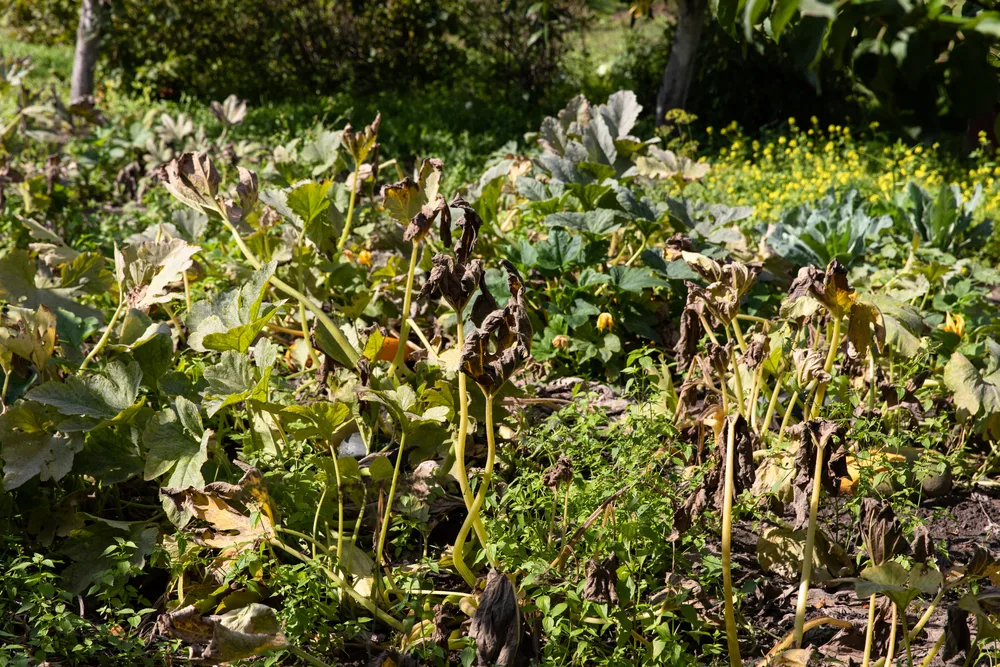
If you have potted plants or a small garden area, using umbrellas or patio covers can provide them with much-needed shade. Position the umbrellas or covers in a way that they provide shade during the hottest part of the day. This approach works well for plants that cannot tolerate direct sunlight.
4. Install Shade Sails
Shade sails are a versatile and stylish option to create shade in your garden. These triangular or rectangular pieces of fabric can be attached to posts or structures to create shaded areas. Adjust the position of the shade sails as needed to protect your plants from intense sunlight.
5. Use Mulch
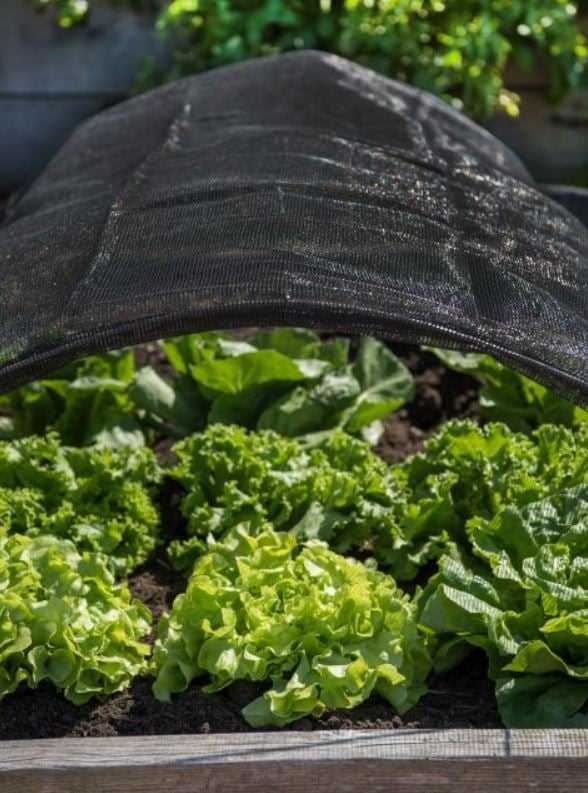
Applying a layer of organic mulch, such as bark chips or straw, around your plants can create a natural barrier against the heat. Mulch helps retain moisture in the soil and keeps the roots cool. It also prevents weed growth, which can compete with plants for resources.
By providing ample shade to your garden, you can protect your plants from the scorching summer heat and help them survive the high temperatures. Experiment with different shading techniques and observe how your plants respond to find the best solution for your garden.
Watering Strategically
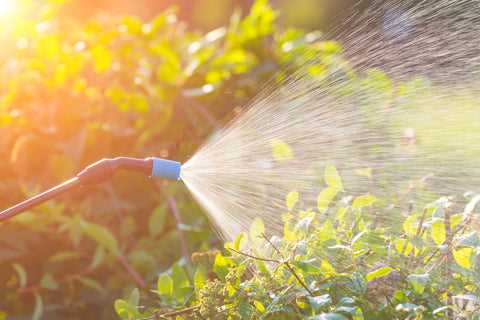
One of the most important factors in helping your garden survive high summer temperatures is watering strategically. Proper watering techniques can help your plants stay hydrated and healthy even in scorching weather. Here are five tips for watering your garden effectively:
Water deeply: Instead of giving your plants frequent light watering, it is better to water them deeply less often. This encourages the roots to grow deeper into the soil, making the plants more resilient to heat and drought.
Water in the morning: Watering your garden early in the morning allows the plants to absorb the moisture before the sun gets too intense. Avoid watering in the afternoon or evening as it can lead to water evaporation or create a damp environment that promotes the growth of fungal diseases.
Use drip irrigation: Drip irrigation systems provide a slow and steady supply of water directly to the plant’s root zone. This method minimizes water loss through evaporation and ensures that the plants receive an adequate amount of moisture.
Mulch your garden: Applying a layer of mulch around your plants can help to regulate soil temperature and reduce evaporation. Organic mulch, such as wood chips or straw, also adds nutrients to the soil as it breaks down.
Monitor plant needs: Different plants have different water requirements. It is important to monitor the moisture levels of each plant individually and adjust your watering schedule accordingly. Use a moisture meter or simply check the soil with your finger to determine if watering is necessary.
Following these watering strategies can help your garden thrive despite the high summer temperatures. Remember to closely observe your plants’ needs and adjust your watering schedule as necessary. With proper care, your garden will remain healthy and beautiful all summer long.
Mulching for Moisture Retention
One effective way to help your garden survive high summer temperatures is by mulching. Mulching is the process of adding a layer of material on top of the soil to help retain moisture and regulate soil temperature. By mulching your garden beds, you can create a protective barrier that prevents excessive evaporation and keeps the soil cool.
Types of Mulch
- Organic mulch: Organic mulch, such as wood chips, straw, or compost, is a popular option for moisture retention. It not only helps retain moisture but also adds nutrients to the soil as it breaks down over time.
- Inorganic mulch: Inorganic mulch, such as rocks or rubber mulch, can also be used for moisture retention. While it doesn’t add nutrients to the soil, it can provide effective insulation and prevent evaporation.
How to Apply Mulch
To effectively mulch your garden, follow these steps:
- Clean the garden bed: Remove any weeds or debris from the garden bed to create a clean surface for mulching.
- Water the soil: Before applying mulch, thoroughly water the soil to ensure it’s moist.
- Add a layer of mulch: Spread a layer of mulch evenly over the soil, ensuring a depth of around 2-4 inches. Avoid piling mulch against the stems of plants, as it can cause rotting.
- Replenish mulch as needed: As the mulch breaks down over time, it may need to be replenished. Check the mulch regularly and add more as necessary.
Benefits of Mulching
Mulching not only helps retain moisture and regulate soil temperature but also offers other benefits:
- Weed suppression: A layer of mulch can prevent weed growth by blocking sunlight and inhibiting weed germination.
- Soil erosion prevention: Mulch acts as a protective layer that prevents soil erosion caused by heavy rainfall or strong winds.
- Improved soil structure: As organic mulch breaks down, it adds organic matter to the soil, improving its structure and fertility.
- Root protection: Mulch provides insulation that protects plant roots from extreme temperatures, both cold and hot.
By mulching your garden beds, you can help your plants withstand the high summer temperatures and maintain a healthy and thriving garden.
Protecting Plants from Extreme Heat
When the summer temperatures start to soar, it’s important to take steps to protect your plants from the extreme heat. Here are some tips to help your garden survive during the hottest days of the year:
1. Provide Shade
One of the most effective ways to protect your plants from extreme heat is to provide them with shade. You can use shade cloth or create makeshift covers using umbrellas, sheets, or even old window screens. Be sure to cover delicate plants or those that are more susceptible to heat stress.
2. Mulch
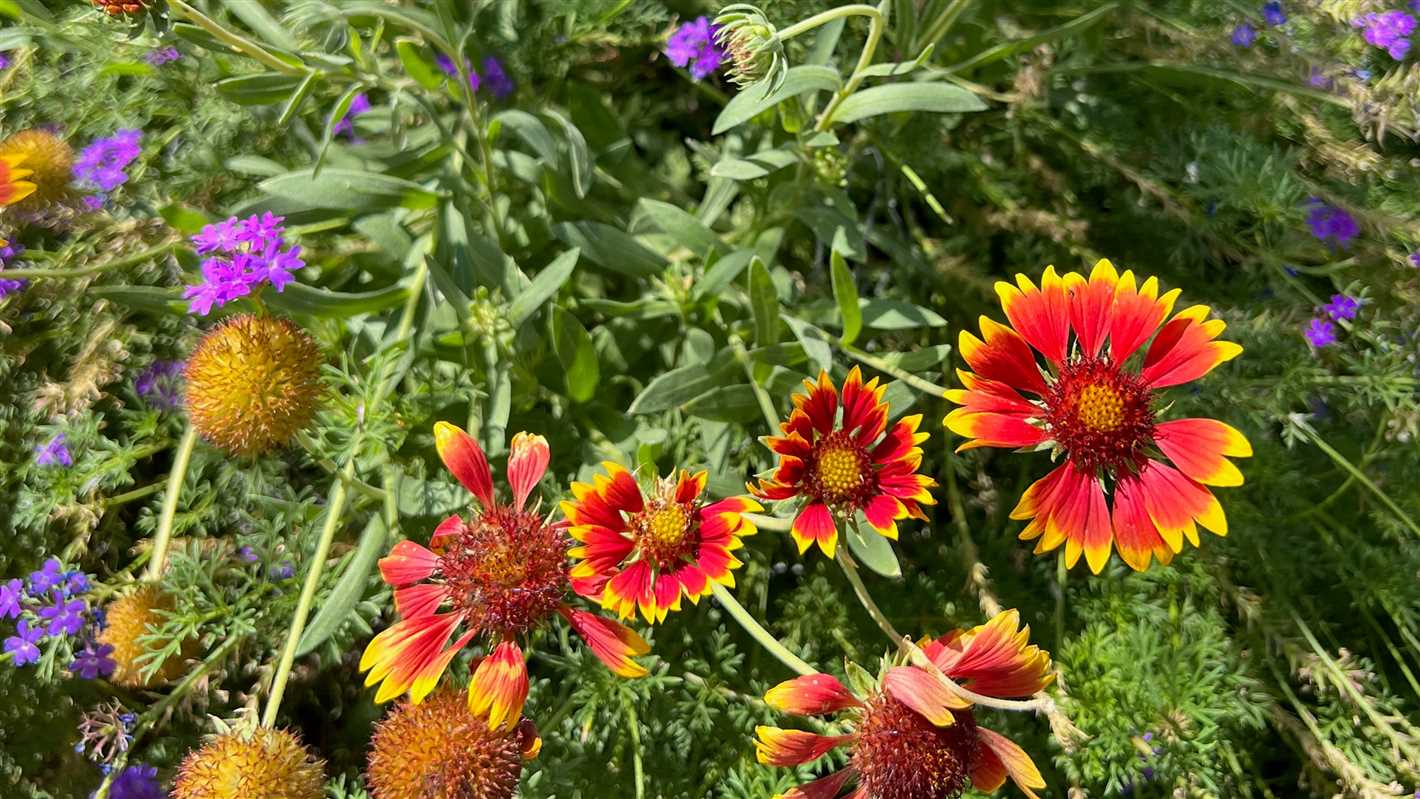
Applying a layer of mulch around your plants can help to keep the soil cool and prevent moisture loss. Mulch acts as a natural insulator, protecting the roots of your plants from the scorching sun and retaining moisture in the soil. Use organic materials like straw, wood chips, or shredded bark for the best results.
3. Watering
Watering your garden properly is crucial during extreme heat. Water early in the morning or late in the evening to reduce evaporation. Make sure to water deeply, providing enough moisture for the roots to access. Consider using drip irrigation or soaker hoses to water directly at the root zone, minimizing water loss through evaporation.
4. Use Windbreaks
Creating windbreaks can help reduce the impact of hot, drying winds on your plants. Planting shrubs or installing fences can act as barriers, protecting your plants from strong winds that can accelerate moisture loss and cause damage to delicate foliage.
5. Provide Proper Ventilation
Adequate air circulation is essential for plant health, especially during extreme heat. Prune your plants to remove overcrowded branches and leaves, improving air circulation. You can also use fans or open windows to create a breeze that helps cool down the surrounding temperature and prevent heat stress.
By following these tips and taking proactive measures, you can help your garden thrive even in the face of extreme heat. Remember to monitor your plants closely and make adjustments as needed to ensure their health and survival during the high summer temperatures.
Using Drip Irrigation Systems
One effective way to ensure your plants survive the high summer temperatures is to use drip irrigation systems. These systems provide water directly to the plant’s roots, minimizing water loss through evaporation and ensuring the plant receives an adequate amount of hydration.
Here are some key benefits of using drip irrigation systems:
- Water Efficiency: Drip irrigation systems are highly efficient as they deliver water directly to the base of the plant. This prevents water from being wasted on non-target areas and reduces the amount of water lost to evaporation.
- Customizable: Drip irrigation systems are highly customizable, allowing you to adjust the water flow rate and duration to suit the needs of different plants. This ensures each plant receives the right amount of water without overwatering or underwatering.
- Prevents Fungal Diseases: Watering plants from above can lead to the growth of fungal diseases, especially during high temperatures. Drip irrigation systems minimize the risk of fungal diseases by keeping the foliage dry and delivering water directly to the roots.
- Conserves Time and Effort: Drip irrigation systems automate the watering process, saving you time and effort. Once the system is set up, you can relax knowing that your plants are receiving the water they need without having to manually water them every day.
When setting up a drip irrigation system, consider the following:
- Water Source: Determine the water source for your drip irrigation system. This can be a faucet, rain barrel, or a larger irrigation system.
- Tubing and Emitters: Choose the appropriate tubing and emitters for your plants. There are various types available, such as porous soaker hoses or drip tubes with built-in emitters.
- Layout: Plan the layout of the tubing and emitters based on the location and spacing of your plants. Ensure that the tubing reaches each plant and that the emitters are placed near the roots.
- Timer: Consider installing a timer to automate the watering schedule. This will ensure your plants receive water at the right time and for the right duration.
- Maintenance: Regularly check the system for any clogs or leaks. Flush the tubing to remove any debris that may affect water flow and adjust the emitters as needed.
Using a drip irrigation system is a practical and efficient way to keep your garden thriving during the high summer temperatures. It provides targeted watering, conserves water, and reduces the risk of plant diseases. Take the time to set up and maintain a drip irrigation system, and your plants will thank you with healthy growth!
Avoiding Over-fertilization
Fertilizing your garden is necessary to provide essential nutrients to your plants. However, it’s important to be cautious and avoid over-fertilization, especially during the high summer temperatures. Over-fertilization can have detrimental effects on your plants and hinder their ability to survive in the heat. Here are some tips to help you avoid over-fertilization:
- Know your plants: Different plants have different nutrient requirements. Before fertilizing, research the specific needs of the plants in your garden. Some plants may require more frequent or higher dosage of fertilizers, while others may need less.
- Use slow-release fertilizers: Slow-release fertilizers gradually release nutrients over time, providing a constant supply to the plants. This can help prevent over-fertilization as the nutrients are released slowly and are less likely to accumulate in the soil.
- Test your soil: Regularly test your soil to determine its nutrient levels. This can help you avoid adding unnecessary fertilizers and prevent over-fertilization. Soil testing kits are readily available and easy to use.
- Follow manufacturer’s instructions: When applying fertilizers, carefully read and follow the instructions provided by the manufacturer. The recommended dosage and application frequency may vary depending on the product, so it’s important to adhere to these guidelines.
- Monitor your plants: Pay close attention to your plants and monitor their overall health. Signs of over-fertilization include wilting, yellowing leaves, stunted growth, and burnt roots. If you notice these symptoms, stop fertilizing and allow the plants to recover.
Remember, fertilizers are meant to supplement the natural nutrients in the soil, not replace them. By avoiding over-fertilization, you can ensure that your plants have a better chance of surviving the high summer temperatures and thrive in your garden.
Monitoring and Adjusting Planting Schedules
When it comes to gardening in high summer temperatures, it’s important to monitor and adjust your planting schedules to ensure the health and survival of your plants. Here are some tips to help you do just that:
1. Research optimal planting times
Before you start planting, it’s essential to research the optimal planting times for each specific type of plant. Different plants have different temperature preferences and may thrive better when planted at specific times of the year. By planting at the right time, you can give your plants the best chance of survival in the heat.
2. Consider heat-resistant varieties
When planning your garden, consider choosing heat-resistant varieties of plants that can tolerate high temperatures. These types of plants are better equipped to withstand the scorching heat and are more likely to thrive during hot summer months.
3. Use shade and mulch
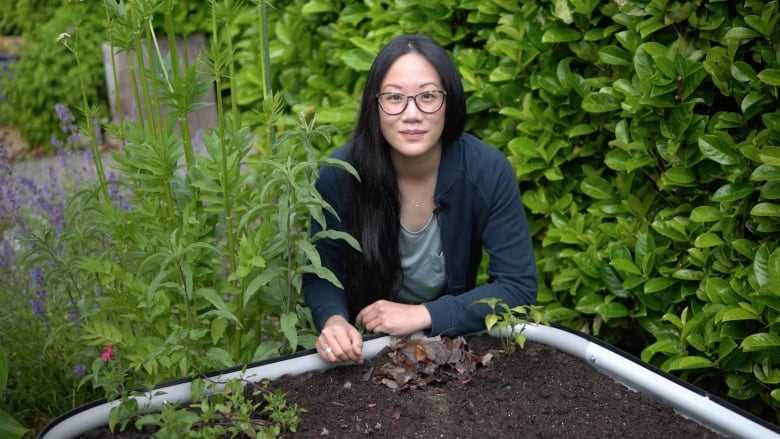
To protect your plants from the intense heat, use shade and mulch. Create shade structures or use shade cloth to provide relief from the direct sun. Mulch around your plants to help retain moisture in the soil and prevent it from drying out too quickly.
4. Water wisely
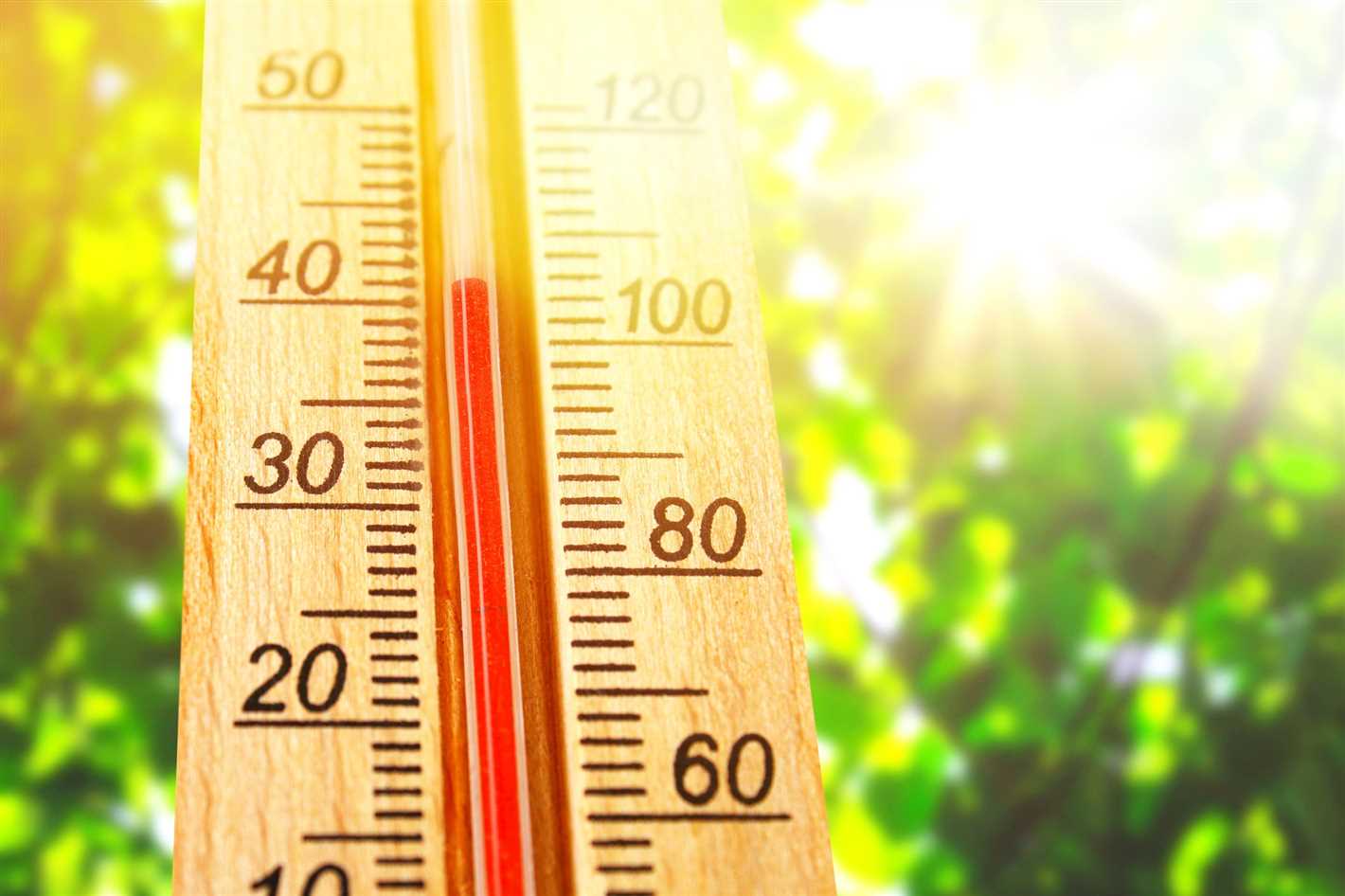
Proper watering is essential for the survival of your plants during hot weather. Monitor the soil moisture levels regularly and water deeply and infrequently to encourage deep roots. Water in the early morning or late evening to minimize evaporation and reduce stress on the plants.
5. Stay vigilant
Keep a close eye on your plants throughout the summer months. Look for signs of heat stress such as wilting or yellowing leaves, and adjust your care routine accordingly. If necessary, provide additional shade, adjust watering schedules, or take other measures to keep your plants healthy in the heat.
By monitoring and adjusting your planting schedules, you can help your garden survive and thrive during the high summer temperatures. Remember to be proactive, stay observant, and make any necessary changes to ensure the well-being of your plants.
“Question-Answer”
How can I protect my plants from high summer temperatures?
There are several ways to protect your plants from high summer temperatures. First, you can provide shade by using shade cloth or putting up a temporary structure. Second, you can mulch the soil to help retain moisture and keep the roots cool. Third, you can water your plants deeply and regularly, preferably in the early morning or evening. Fourth, you can group your plants together to create a microclimate that helps them stay cooler. Finally, you can choose heat-tolerant plants that are more likely to survive in hot conditions.
What types of plants are more likely to survive in hot conditions?
There are many heat-tolerant plants that are more likely to survive in hot conditions. Some examples include succulents, cacti, lavender, yucca, and agave. These plants have adapted to survive in arid climates and are able to withstand high temperatures and drought. It’s always a good idea to choose plants that are native to your region, as they are more likely to be well-suited to the local climate.
Is it better to water my plants in the morning or in the evening?
It is generally better to water your plants in the early morning or evening, when the temperatures are cooler and the sun is not as strong. This allows the water to soak into the soil and reach the plant roots before it evaporates. If you water your plants during the hottest part of the day, the water may evaporate before it has a chance to do any good. However, it is important to avoid watering your plants at night, as this can create a damp environment that promotes the growth of fungi and other pests.
How often should I water my plants during high summer temperatures?
During high summer temperatures, you may need to water your plants more frequently to prevent them from drying out. The exact frequency will depend on factors such as the type of plant, the size of the container or bed, and the local climate. As a general rule, it is best to water deeply and less frequently, rather than shallowly and more frequently. This encourages the plant roots to grow deeper into the soil, where they can access moisture even during dry periods. It’s also important to keep an eye on the moisture level of the soil and adjust your watering schedule accordingly.
Can I use shade cloth to protect my plants from high summer temperatures?
Yes, you can use shade cloth to protect your plants from high summer temperatures. Shade cloth is a lightweight fabric that can be attached to a structure or draped over plants to provide shade. It comes in different levels of density, allowing you to choose the amount of shade that is appropriate for your plants. Shade cloth can also help to reduce evaporation and wind damage, and can be used to protect seedlings and young plants. Just be sure to secure the shade cloth properly, as high winds can cause it to tear or fly away.
How can I create a microclimate to help my plants stay cooler?
You can create a microclimate to help your plants stay cooler by grouping them together. When plants are grouped closely together, they create shade and trap moisture, which can help to cool the surrounding area. You can also use taller plants or structures to provide additional shade. Additionally, adding a layer of mulch to the soil can help to insulate the roots and prevent moisture from evaporating too quickly. Creating a microclimate can be especially beneficial for heat-sensitive plants or for areas of your garden that receive a lot of direct sunlight.
What are some signs that my plants are suffering from heat stress?
There are several signs that your plants may be suffering from heat stress. These can include wilting, yellowing or browning leaves, leaf drop, slowed growth, and reduced flowering or fruiting. If you notice any of these signs, it is important to take action to help your plants recover. Providing shade, mulching the soil, and watering deeply and regularly can all help to alleviate heat stress. You may also consider using a foliar spray or other plant treatments to help your plants recover more quickly.







